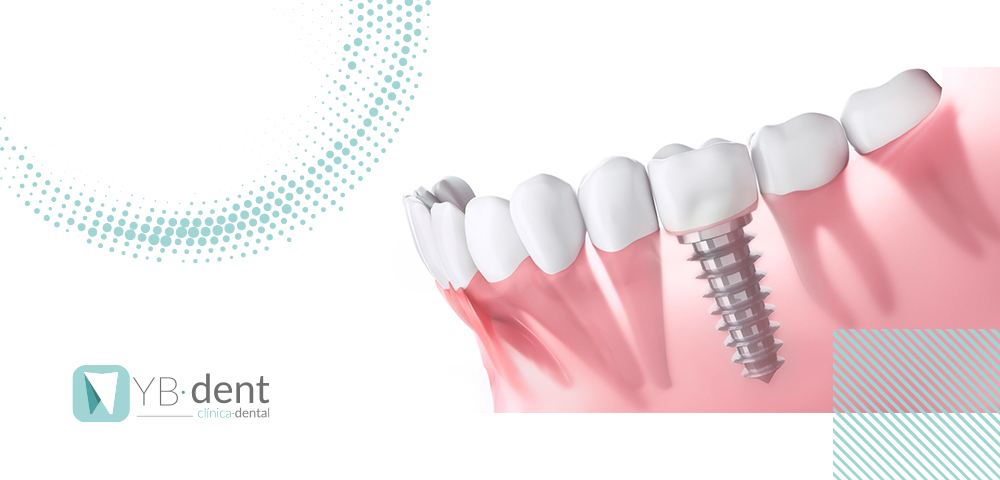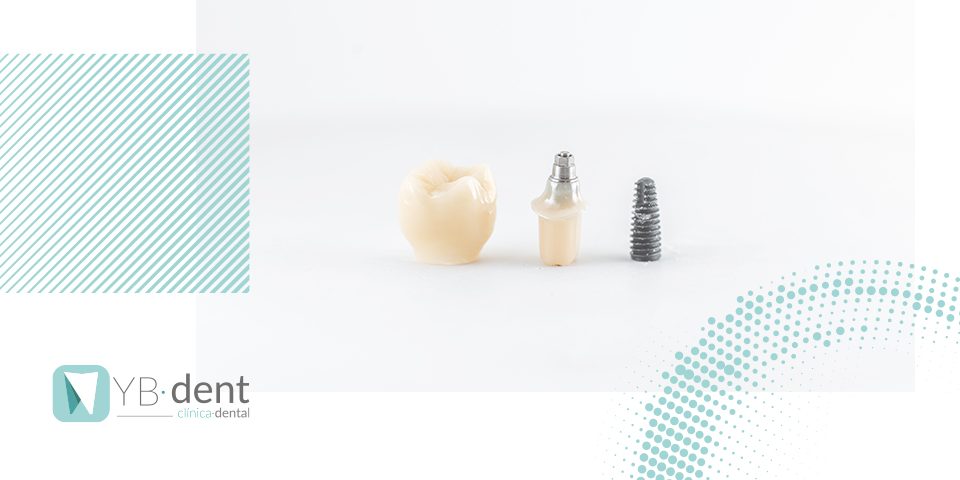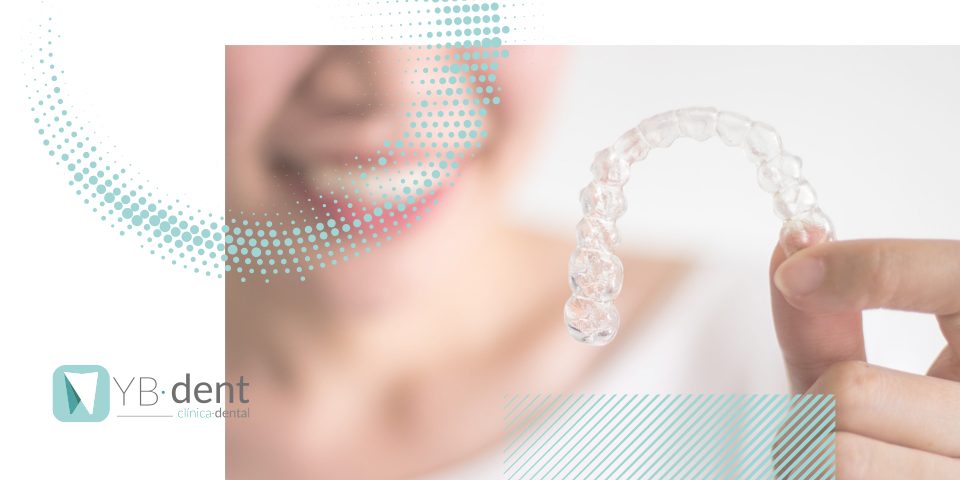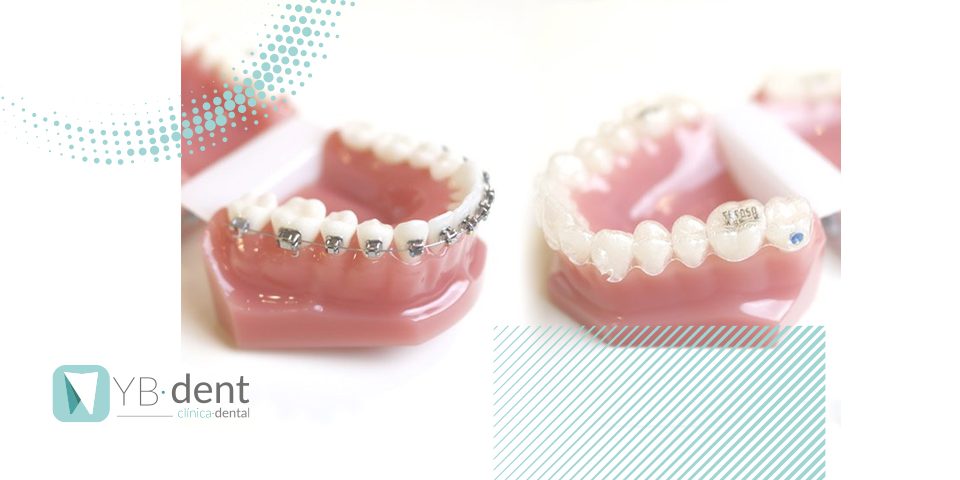¿Implantes dentales antes o después de la ortodoncia?

Existen muchas opiniones diversas sobre la colocación de los implantes dentales y la ortodoncia. Muchos profesionales defienden que es mejor antes de la ortodoncia, otros consideran que la mejor opción es durante la ortodoncia y por último están aquellos que creen que la mejor opción es hacerlo después de esta.
La relación que guarda la ortodoncia y los implantes dentales se debe a que en la actualidad muchos adultos buscan solucionar sus problemas dentales y a la vez poseer una buena estética en su sonrisa. Por lo que se someten a múltiples tratamientos (llamados tratamientos multidisciplinares) en un corto periodo de tiempo, atendiendo las recomendaciones de los profesionales de hacer un tratamiento antes o después que otro.
¡En este post te explicaremos cual es el mejor momento para colocar los implantes dentales cuando hay que realizar un tratamiento de ortodoncia!
¿Cómo se llevan a cabo los tratamientos multidisciplinares?
Este tipo de tratamientos deben llevar un secuencia lógica debido a los múltiples procedimientos que se va a realizar el paciente, los pasos son los siguientes:
- Estudio y organización: siempre hay que realizar un estudio previo de la situación del paciente para así planificar las acciones a seguir. Para que todos los profesionales implicados se informen de la planificación del paciente.
- Fase de higiene: es importante que antes de empezar el tratamiento, la boca del paciente sea saneada (extracción de caries y dientes en malas condiciones).
- Fase de rehabilitación: En esta fase es donde se organizan las prótesis que se necesiten para sustituir los dientes que falten.
- Corrección: Una vez que se colocan todos los implantes se inicia el tratamiento de ortodoncia. Aquí es donde se corrige la mal posición de los dientes. En este paso se corrige la posición y se consigue tener una boca funcional y más bonita.
Como podemos ver, en toda esta planificación participan múltiples profesionales que tratan distintas áreas de la salud bucodental. Por lo que debe existir una buena coordinación y coherencia en todos los procesos que se le vayan a aplicar al paciente. Con la finalidad de que todo su tratamiento multidisciplinario se realice con éxito.
¿Cuándo se deben colocar los implantes dentales?
En el caso de que solo se tenga que colocar un implante en un lugar en específico, lo recomendable es que este tratamiento se realice después de realizar la ortodoncia. Por lo que si es solo un implante, se puede realizar después de finalizar el tratamiento de ortodoncia.
Mientras que cuando hablamos de tratamientos que son un poco más complejos la situación cambia, debido a que faltan muchos dientes. La solución en este caso es colocar los implantes dentales antes de la ortodoncia. Esto se hace ya que el ortodoncista no tiene los suficientes dientes de anclaje en los que se puede apoyar para mover los dientes.
Por ejemplo, cuando hagan falta molares y solo queden los dientes anteriores el ortodoncista requerirá que se coloquen unos implantes dentales que llevan corona de manera provisional para que se puedan mover los dientes y realizar el tratamiento de ortodoncia.
Es importante que en este tipo de tratamientos tan complejos, el equipo se siente a planificar el caso del paciente. Teniendo en cuenta que cada profesional debe tener conocimientos en todas las áreas alternas a la suya para tener una mayor compresión del tratamiento multidisciplinario.
Para estos tratamientos hace falta dedicarle tiempo, pensamiento y ganas de hacerlo de la mejor manera. Una vez que se obtengan todas estas ideas y conceptos claros entre todos los profesionales que van a participar, se comunican al paciente con la finalidad de que pueda entender el proceso y porque la duración es tan alta.



